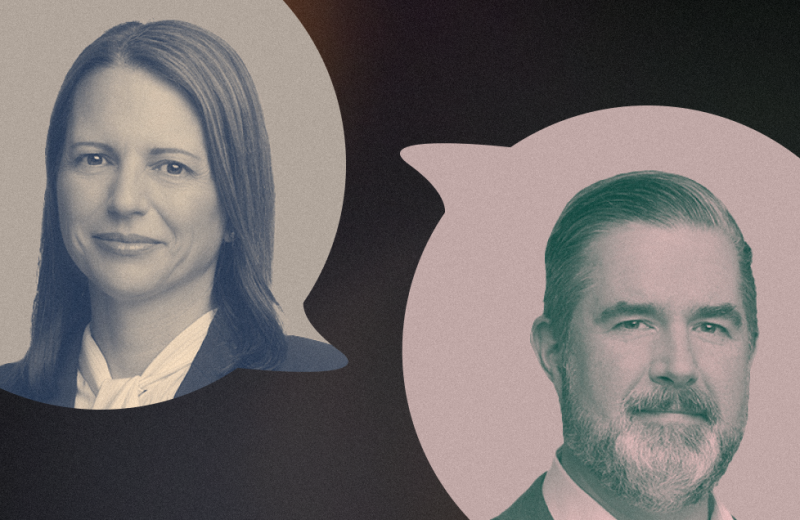For allocators, the opportunity to build a totally new investment office is rare.
And yet, Canada’s University Pension Plan’s inaugural team is doing just that. With just over a year of official operations under its belt, the organization is working toward consolidating its portfolio — they have the rare problem of too many good manager relationships — and hitting ambitious net zero targets.
Here’s how the over C$11 billion fund is doing it.
The plan’s formal governance structure was implemented in 2020, with Barbara Zvan, CEO and president, joining that year. Zvan came from the Ontario Teachers’ Pension Plan, where she had worked in various roles for 24 years.
Being the first joiner, Zvan made early hiring decisions. She first focused on operations by hiring a CFO and chief counsel, before getting to work on building the investment team.
“Because we had so much to do, we were looking for Swiss army knife-type people,” Zvan said. “We knew [responsible investing] would be huge in the university context. It would be significant for our strategy.”
On the investment side, one of the first hires Zvan made was Brian Minns, the organization’s managing director of responsible investing. Minns joined in June 2021 after spending a decade at Addenda Capital, most recently as vice president of sustainable investing.
“We are building a climate transition framework,” Zvan said. “We’re deciding what is green and what are transition assets, and then making a commitment to release that information next June.”
UPP has already committed to hitting net zero emissions by 2040, with interim reduction targets of 16.5 percent by 2025 and 60 percent by 2030.
In September 2021, chief investment officer Aaron Bennett officially joined the fund. He most recently worked for investment manager Jarislowsky, Fraser Limited, where he focused on sustainable investment strategies and research. His prior employers include the Ontario Teachers’ Pension Plan.
Bennett initially had two legacy portfolios to work with: UPP took over the management of assets for the Queen’s University and the University of Guelph on July 1. The organization added the University of Toronto and Trent University in early 2022.
“We really wanted to understand and appreciate all the work that had come before,” Bennett said. “We had taken on these portfolios fully invested.”
In combining the four portfolios, the investment team had to sift through every organization’s investment managers. This became a double-edged sword, as each university had built great manager relationships — relationships that will be challenging to preserve as the separate portfolios are brought together.
“We’ve got all these managers; the question now is what’s a strategy or asset mix approach that will get us to the next phase, which is consolidation,” Bennett said.
According to Bennett, UPP’s eventual goal is to get to fewer external managers that are taking fees, and more partners that will help the organization meet its responsible investing mission or partner on co-investment strategies.
“We’ve started the process of consolidation,” Bennett said. “There’s more work to do. We want to be very thoughtful about it. There’s been some really important work done by these predecessors, so we want to make the right decisions.”
Bennett predicted that a few years from now, the public investment portfolio will be “far more concentrated” than it is now. Consolidation of the private investments will take more time, as those assets are less liquid.
The team will also start co-investing on deals, with an eye toward co-underwriting and eventually investing directly in assets.
“We want to provide our members with the benefits of scale,” Bennett said. “That really comes back to trying to execute our version of the Canadian pension model. An element of that model is you’re going to selectively internalize. We’re not going to do that the same way other pension funds do.”
Bennett and Zvan credit the experience of their investment team members for allowing them to get to work on co-investment early on.
“A startup pension plan is completely unique,” Zvan said. “We’re able to recruit some really strong talent. We don’t have uncertainty like many other startups.”







